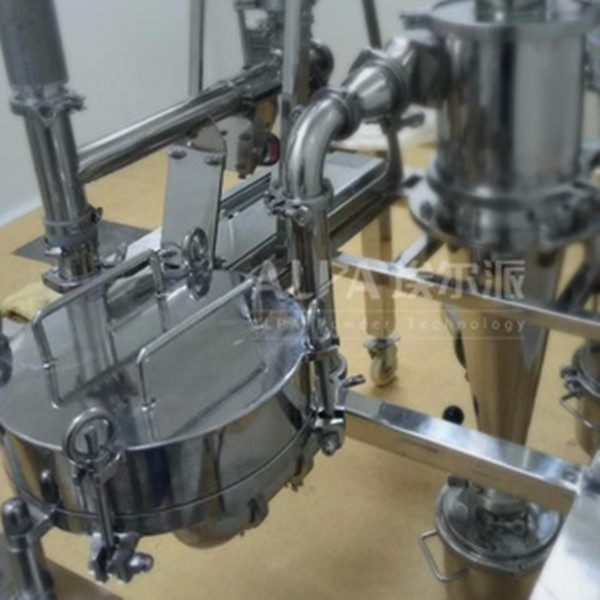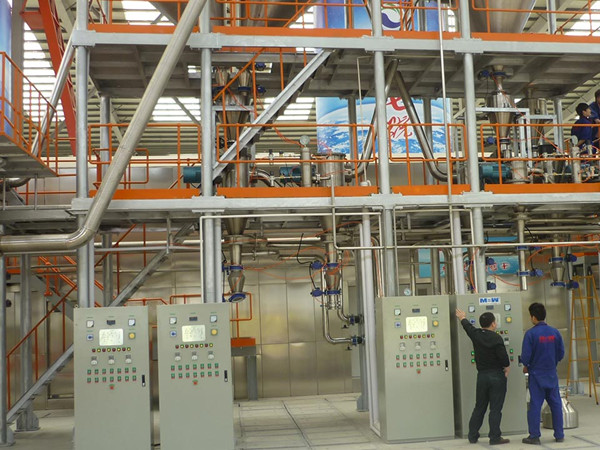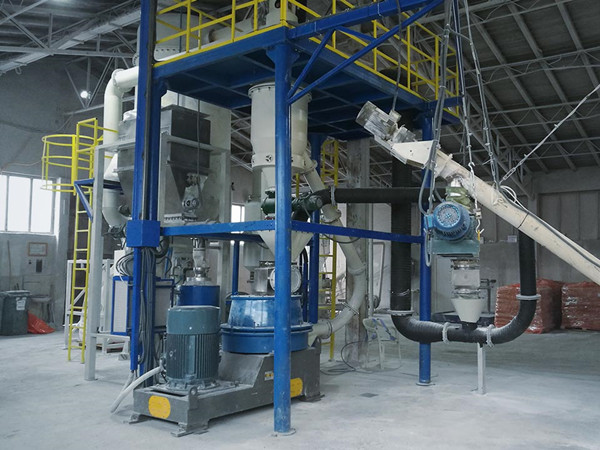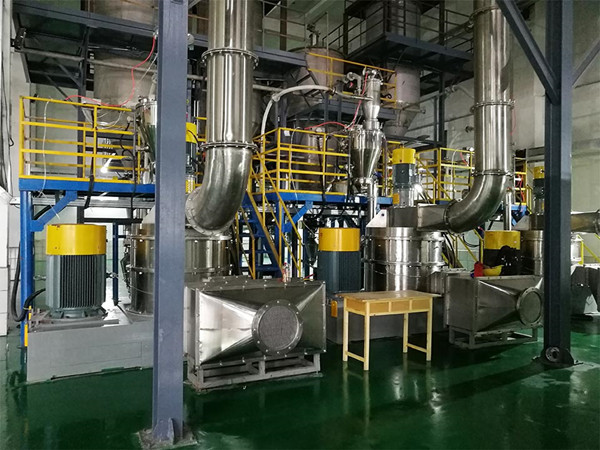Cotton cloth, woven with cotton yarn. It is a general term for all kinds of cotton textiles. It is used to make fashion, casual wear, underwear and shirt. Its advantage is to relax warm, soft, hygroscopic, and very breathable. Its disadvantages are inextrous, frustrated, and the appearance is not large. It must be ironed frequently when wearing. Reference: cotton cloth, printing and dyed cotton, Songjiang cotton, Gaochang cotton, north dress cotton cloth. (The article is published by the ball mill. The article is only for reference only) The line is a major variety in the color weaving, and the appearance is similar.
According to the weft, there is a full line (through stranded strand), the lattice, the main line, the weft single yarn); according to the use of the target, there is a male line, female Line. The raw materials used in the line, cotton, polyester cotton, dimension, polyester, polyester, etc. Wipite wires used in weft yarns, useful monochrome strands, colored strands, fancy twisted lines, and mixed yarns. The fabric tissue used, useful for three-legged tissue and its change, and useful joint organization, and also use jacquard. Use variations of varieties of different color, raw materials, structural yarns and fabric tissues, and products that can be designed to weave a variety of colors, floral and styles.
Men's line, representative products, pavilions, horse-pants, silk, recreation, crepes, etc .; women's lines, representative varieties, flowers, flowers, jacquard, plutted female flower, knot Line, etc. The wire fabric is very strong, the texture is firm, and the hair is strong. Mainly used as spring, autumn, winter, style or trousers. The linear shrinkage rate is relatively large.
The flannel is a fluffy fluffy fabric that is fluffy, which is usually used, typically using a fluffy fluff. It is characterized by the thickness of the weft yarn and the weft yarn, and the weft yarns are generally twice the warp yarns, and there are several times, and the raw materials used in the weft yarns include cotton, polyester cotton, acrylic. More velvet, according to the fabric tissue, it is divided into flat velvet, sergery, and double-sided velvet, according to the suction, according to the thick velvet, according to the printing and dyeing processing method There are bleached, miscellaneous velvet, printed and color-threatened. Colored woven velvet, psence, colorful velvet, sesame velvet, straight velvet, etc. The velvet is soft, good warm, strong hygroscopic, comfortable. Mainly used as men and women in winter shirts, trousers, children's clothing, lining, etc.
How to learn the appearance of the cotton cloth and cotton fabric artificial cotton cloth is very small, the difference method is mainly carried out from the following points:
1, finish: artificial cotton cloth, flat lay, yarn, no impurities, no impurities, no impurities,Delicishing and smooth; the surface of the cotton cloth can be seen in the surface of the cotton shell, impurities, etc., the smoothness is not as good as the artificial cotton cloth.
2, yarnis uniformity: The yarn strip of the artificial cotton cloth is uniform, the yarn is very small; and the cotton gauze is not even as well as the artificial cotton, especially in the middle.
3, feel: Artificial cotton cloth regardless of the thick thin fabric, the feel is mostly soft, and the cotton is slightly rough.
4, color: The gloss and color of the artificial cotton cloth are better, and the artificial cotton is more beautiful than the cotton cloth.
5, wrinkle: artificial cotton is easy to fold, when handset, dispelling, there is a lot of wrinkles, it is not easy to restore, the cotton cloth is wrinkled, but it is slightly compared with artificial cotton.
6, halrowing: The halope of artificial cotton is better, and the drooping of cotton is not as good as artificial cotton cloth.
7. Powerful: The strong powerful cotton cloth is low, it is not as good as cotton cloth, especially in a humid environment, is poor in artificial cotton, when the wire is pulled, stretched, and the artificial cotton is easy to break, so artificial Most of the cotton, the cotton and linen yarns are like
 API ultrafine pulverization production line for a pharmaceutical company in Guangdong
API ultrafine pulverization production line for a pharmaceutical company in Guangdong
 A Mining Group in Shandong Province: New Tin Powder Production Line
A Mining Group in Shandong Province: New Tin Powder Production Line
 A heavy calcium carbonate ball milling and grading + modification production line in a mineral facto
A heavy calcium carbonate ball milling and grading + modification production line in a mineral facto
 Quartz powder ball mill and air classifier production line in a mineral factory in Shandong
Quartz powder ball mill and air classifier production line in a mineral factory in Shandong
 3M new material factory: Resin grinding mill production line
3M new material factory: Resin grinding mill production line